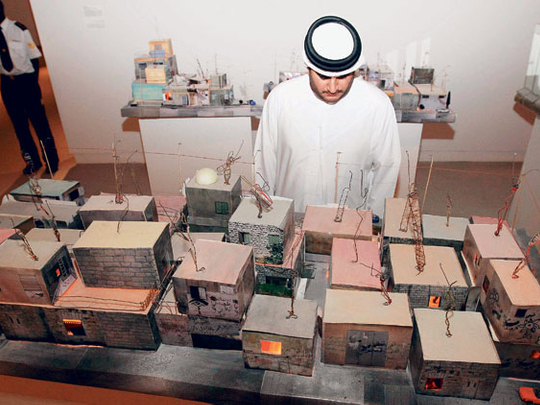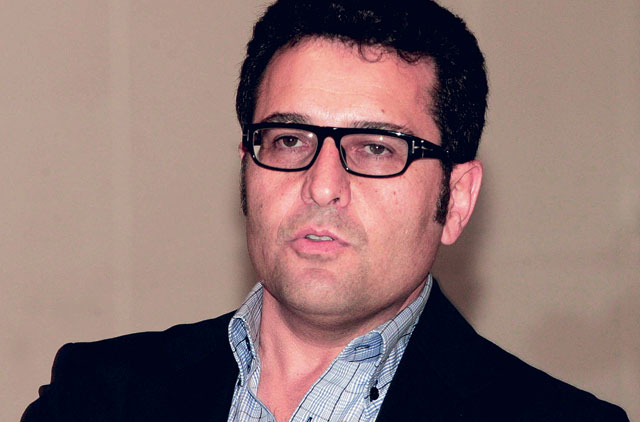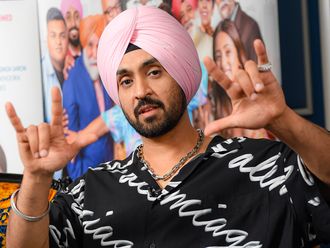
Abu Dhabi: It is quiet in the exhibition hall. A sense of tranquillity permeates the Manarat Al Saadiyat visitor centre. The works of many notable Arab artists dot the walls and floors.
There are photographs, sculptures and video installations, each projecting their creator's views of life during the '60s and '70s in the Arab world.
This is Disorientation II: The Rise and Fall of Arab Cities, an exhibition organised by the Tourism Development and Investment Company and the Sharjah Art Foundation.
It showcases the work of notable Arab artists for Arabs and non-Arabs alike. Put together in just five months, it is thought-provoking, fascinating and somewhat disconcerting.
Jack Persekian, artistic director of the Sharjah Biennial, director of the Sharjah Art Foundation and curator of Disorientation II, explained his choice of theme.
"I was asked to curate the inaugural show of the Manarat Al Saadiyat and I thought that this would be a once in a lifetime opportunity because not only will I be able to showcase the artists' works but also set the benchmark, the tone, the mood, if you will, for every exhibition that will come after," Persekian said.
Reflections
"In 2003, I curated an exhibition called Disorientation, which was about the state of affairs in the Arab world and the artists' reflections on that.
"Because that exhibition gave off a sense of hopelessness I thought Disorientation II could be an exhibition that highlights a more hopeful period in modern Arab history during the '60s and '70s," he said.
In one corner, visitors can find a series of photographs by Hrair Sarkissian taken at dawn in three cities in Syria.
At first glance, they seem peaceful, innocent almost, but then you discover that they are the sites of public executions.
At another location, Mona Hatoum's soap and glass bead installation ‘Present Tense' gives viewers a different perspective on what is happening in Palestine.
"Mona used traditional Palestinian soap to create this installation piece. It took her many years to complete and when you first look at it, the lines don't seem to make a lot of sense.
"But the areas that she had traced using the glass beads [are] actually the territories that were supposed to come under Palestinian authority according to the 1993 Oslo peace agreement," Persekian said.
"She created it using soap on purpose, because it is a material that dissolves, which is what the Palestinians hope will happen to the borders that are currently in place."
Throughout the gallery, it is evident that the theme of hope and nostalgia is present in each piece. However, melancholy and irony are also present.
However, visitors will be drawn into interacting with what is being displayed, whether directly with others, or indirectly with themselves.
Disorientation II at a glance
Disorientation II is an exhibition of works presented by artists from Middle Eastern countries, which explore Arab cities from a perspective in which both unity and division co-exist.
The exhibition also looks at Jamal Abdul Nasser's period as a moment of rupture, when the repercussions of the failure of his pan-Arab unity plan and Arab nationalism had fractured the then fragile structures.
Art theme
- Date: The exhibition is open until February 20.
- Time: 4-10pm, Sunday to Thursday, 2-10pm, Friday to Saturday.
- Where: It is located at the Manarat Al Saadiyat, located on Saadiyat Island.
- Contact: 02 6908207.















